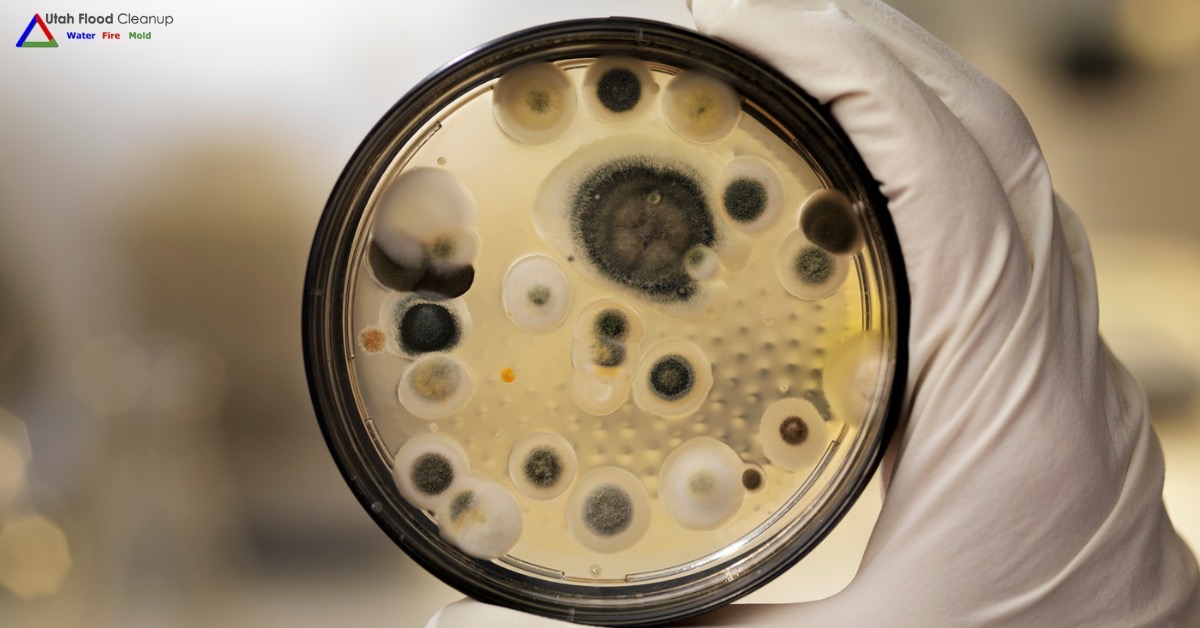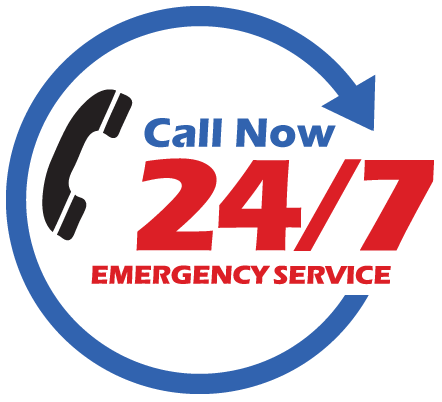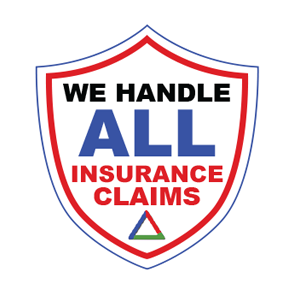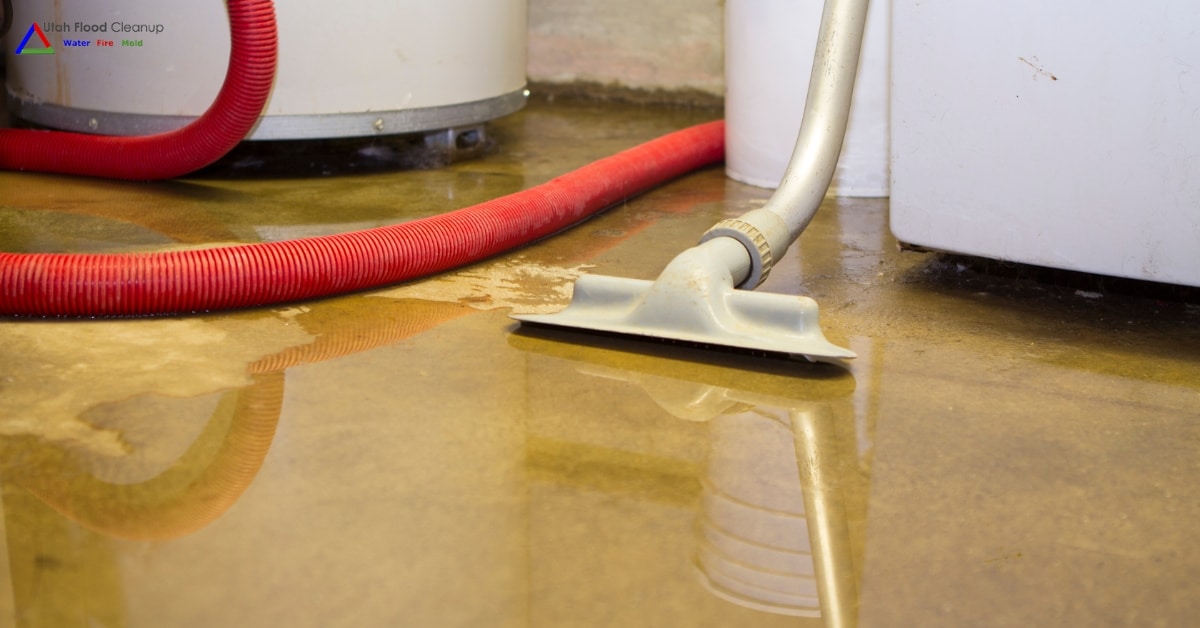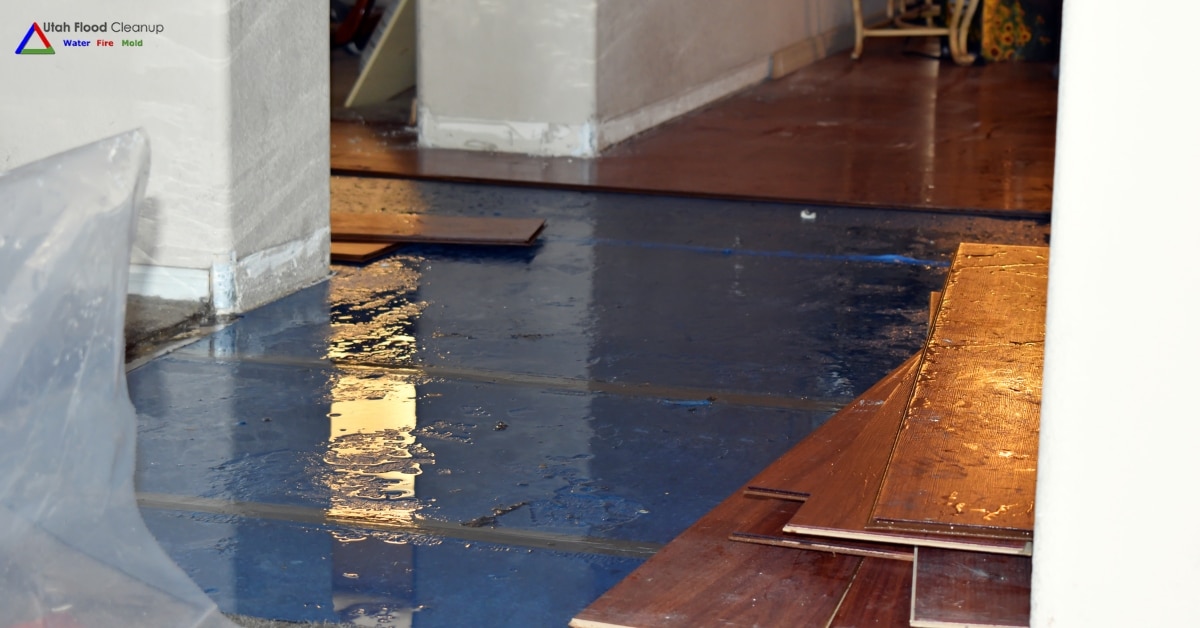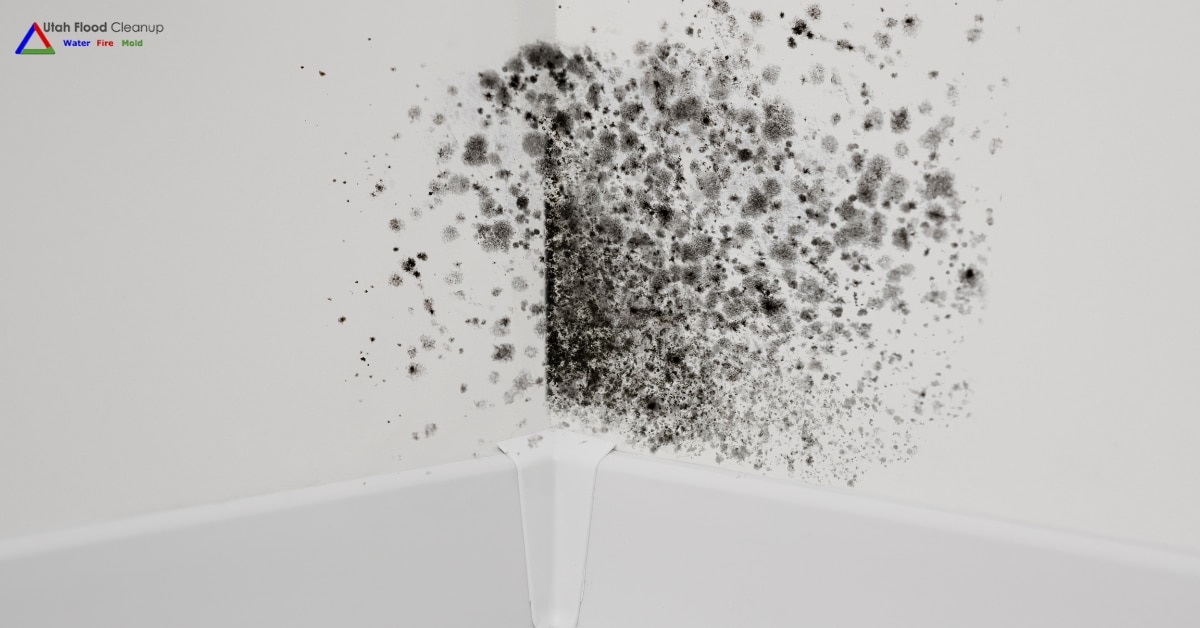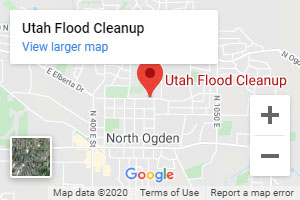Are you in need of mold removed from your Utah home or business? Call us today at (801) 416-2666 for fast service from professional mold removal and remediation specialists you can trust.
Mold remediation, also referred to as mold abatement, is the process that is used to eliminate mold. Mold grows in damp areas, humid areas and areas affected by moisture. Common places people find mold include the bathroom, kitchen, crawl spaces and areas where leaks are present and if not taken care of right away, can cause significant damage to your property and can even cause health issues.
The Dangers of Mold
Some molds such as black mold are considered toxic because they produce compounds that can cause a variety of health issues. These health issues include chronic sinus infections, difficulty breathing and fatigue. Mold can also exacerbate the symptoms of existing health problems, especially respiratory conditions like asthma and chronic obstructive pulmonary disease. Therefore, if you suspect that your home or business has a mold problem, seeking assistance from a professional mold remediation company like Utah Flood Cleanup is essential to remove it property.
Have Questions About Residential Mold Services in Utah? Call Utah Flood Cleanup at (801) 416-2666
Professional Mold Remediation Process
At Utah Flood Cleanup, we have developed mold abatement techniques (containment, construction and remediation) that comply with the guidelines set forth by the Environmental Protection Agency (EPA) and the Health Department. Furthermore, all of Utah Flood Cleanup's technicians are certified by the IIRC (Institute of Inspection, Cleaning and Restoration Certification). Each mold damage scenario is unique; therefore, our mold remediation experts create custom-designed solutions for our clients.; however here is the the typical mold abatement process outlined below.
Step One: Schedule Your Complimentary Mold Inspection and Damage Assessment Appointment
The first step in remedying your mold problem is to contact Utah Flood Cleanup's mold remediation specialists to schedule your on-site mold inspection and damage assessment appointment. During this appointment, one of our certified mold remediation experts will thoroughly inspect the property. He/She will be looking for visible signs of mold and evidence of water damage: In addition, our experts use various technologies to locate hidden water sources and mold.
Step Two: Containing the Mold
Advanced containment procedures are utilized to keep the mold from spreading. These procedures may include the creation of negative air chambers as well as the use of negative air pressure during the cleanup process. Preventing the mold from spreading requires that fans as well as heating, ventilation and air conditioning (HVAC) systems remain off until the cleaning process is complete.
Step Three: Filtering the Air
Once the cleaning process is complete, specialized air filtration equipment is used to remove any microscopic mold spores that remain in the air. Furthermore, as the air is being filtered, our experts use powerful high-efficiency particulate air (HEPA) vacuums and ‘air scrubbers’ to ensure mold spores are captured.
Step Four: Addressing Mold-Infested Materials
The amount of mold that is present and the surfaces that are affected determine the steps our experts take during your mold abatement process. For example, mold-infested carpeting must be removed and then disposed of properly. Antimicrobial and anti-fungal treatments may be necessary to prevent the formation of new mold colonies and to remove mold colonies that already exist.
Step Five: Testing to Ensure Mold Remediation Was Successful
Once the mold remediation process is complete, we test the work area to verify that the mold abatement process was successful and a certified clearance is achieved.
Utah Flood Cleanup Mold Abatement Specialists
At Utah Flood Cleanup, we have certified professionals who specialize in mold abatements. Our team of highly-skilled, IIRC-certified technicians, strict adherence to EPA and Health Department guidelines in conjunction with our accurate record keeping make Utah Flood Cleanup the ideal choice for all of your mold removal needs. We provide mold remediation, cleanup and restoration services to anyone including commercial buildings, industrial complexes, schools, homes and more.
If you suspect you have a mold problem, contact Utah Flood Cleanup's mold abatement professionals today at (801) 416-2666 for mold removal near Salt Lake City. For your convenience, we are available 24/7. We will assess and then address your mold problem right away to make your home or business a safe, mold-free space once again.
Mold Abatement FAQs
- Sinus congestion
- Asthma symptoms
- Red or itching eyes
- Skin rashes
- Difficulty breathing
- Fever
- Cough
- Wheezing
- Other symptoms
- Allergies
- Asthma
- Susceptibility to fungal infections
- Sensitivity to mold
- Immune suppression
- Chronic upper respiratory condition
- Lung disease
- Maintain low humidity.
- Repair roof leaks immediately.
- Keep window frames, walls, and ceilings dry.
- Keep walls and floors around plumbing pipes dry.
- Ventilate kitchens, bathrooms, and laundry rooms.
- Have professional structural drying after indoor flooding.
Your Local Mold Abatement Experts in Ogden and Salt Lake City. Utah Flood Cleanup
We provide Utah disaster cleanup, restoration, and mold abatement services. Treatment for mold usually becomes necessary after a house fire, indoor flooring, or other building disasters. Our specialists remove all mold and provide the necessary treatment to help prevent future recurrences of mold infestation.For Mold Inspection Services and Residential Mold Restoration in Ogden and Salt Lake City, Utah, Call Utah Flood Cleanup at (801) 416-2666
Mold Abatement Services in Utah
- Layton Utah Mold Removal And Remediation Services
- Black Mold Removal in Utah
- Commercial Mold Removal Utah
- Layton Utah Mold Removal And Remediation Services
- Mold Fogging Services in Utah
- Best-Rated Mold Inspection Services in Utah
- Mold Removal & Remediation Services in Utah
- Frequently Asked Questions About Mold Removal
- Mold Testing and Inspection Services in Utah
- Ogden Utah Mold Removal & Remediation Services
- Professional Mold Inspection and Testing in Salt Lake City, Utah
- Salt Lake City Utah Mold Removal & Remediation Services
- Utah Residential Mold Remediation

